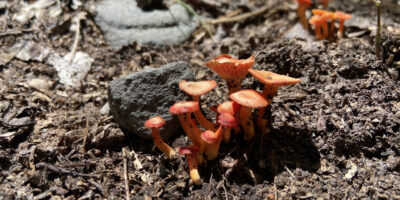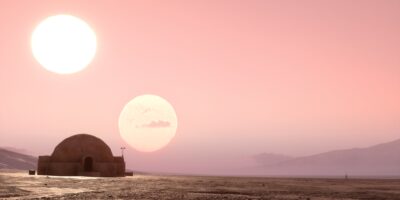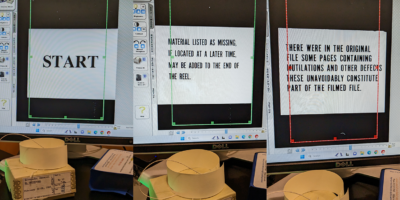By John Zayac
This past spring I was teaching a class that was based in the practice of geology. The course was designed to introduce students to fundamental concepts and then move into the practical – with students learning the fundamentals of field work, sample selection and preparation, sample analysis, working with data, and finally reporting their results in both oral and written form. The planned end of the semester was to be a poster symposium where the students shared their research projects.
When the campuses were closed midway through the semester and we all rushed the migration of our instruction online, I was initially at a loss for how to keep this course a meaningful learning experience. We had just shipped back fifty kilograms of rocks from the field, which are still sitting in their USPS flat-rate shipping boxes somewhere on campus.
Lost for a plan, I pulled up the syllabus for the class and revisited the course goals and learning objectives. The following four statements about what the course would guide students through were to be assessed through the project.
- Practice thinking like a geologist – what questions are being asked and can they be answered?
- Gain experience with data gathering and handling.
- Increase exposure and in selecting, reading, and reporting on scientific papers.
- Improve scientific writing and communication skills.
As I read through them, a new approach to the class began to coalesce.
The final six weeks of the course were restructured to focus less on the nuts and bolts of geological research and more to the higher order of how to conduct a scientific research project. I developed five modules that roughly correlated to different stages of project development. Each week, we had a synchronous meeting that began with a brief lecture followed by class discussions as a whole class or in smaller breakout rooms.
Module 1: Identifying a System of Interest and Assessing Data Availability
The first week, students were directed to identify a system of interest and make a list of the publicly available data for the system. In geology, we have several well-maintained databases of geochemical and geospatial data that the students were referred to.
Module 2: Compiling Past Research
Next, students were asked to produce an annotated bibliography. Their bibliographies were to include a minimum of five entries from peer-reviewed journals. To guide their thoughts for the next week’s work, they were prompted to note the following information from each source:
- A standard APA bibliographic entry.
- A few key terms to describe what is potentially important to their research.
- Describe the main research question and hypothesis being tested.
- Identify the key conclusion(s).
- Make a note of the important figures.
Module 3: Developing a Research Question and Hypothesis
Combining the work of the past two modules into a research question and a testable hypothesis was the focus of the third week. This week, students were asked to prepare a short (< 5 minute) presentation to share with the class their proposed geologic system, question, hypothesis, and the data they would be using to test their hypotheses.
Module 4: Using Data to Test Hypotheses
A large component of scientific communication is developing figures and writing informative captions. This module began with students reading the Ten Simple Rules for Better Figures (Rougier, Droettboom, and Bourne, 2014) and then drafting a figure and caption to share with the class.
Module 5: Producing a Research Poster
The final module focused on the production of a research poster, a mainstay of scientific conferences. Students referred to a freely available presentation on Creating an Academic Poster produced by Mariah Rudd at Duke. The class discussed poster design basics and then outlined the flow of their posters.
The last day of the semester we hosted a virtual poster symposium via Zoom. All of the posters were placed in a shared Google Drive folder so that symposium participants and attendees (all departmental faculty and staff were invited) could review the posters ahead of time. Each student then presented a five minute summary of their poster and took questions. To complete the semester, students were expected to submit a written report of their project, modeled as either a manuscript to submit for peer review, or as an article intended to be published for the general public.
Overall, I found this approach to be successful in helping students understand the general framework that guides the development of a scientific project. As we prepare to teach this fall with a great deal of uncertainty, I will be using this approach again.
Citation:
Rougier, N. P., Droettboom, M., & Bourne, P. E. (2014). Ten Simple Rules for Better Figures. PLoS Computational Biology, 10(9), e1003833. https://doi.org/10.1371/journal.pcbi.1003833
John Zayac is a Ph.D. candidate in the Earth and Environmental Sciences Program, a TLC Fellow, and teaches at Queens College and Vassar College.










Leave a Reply